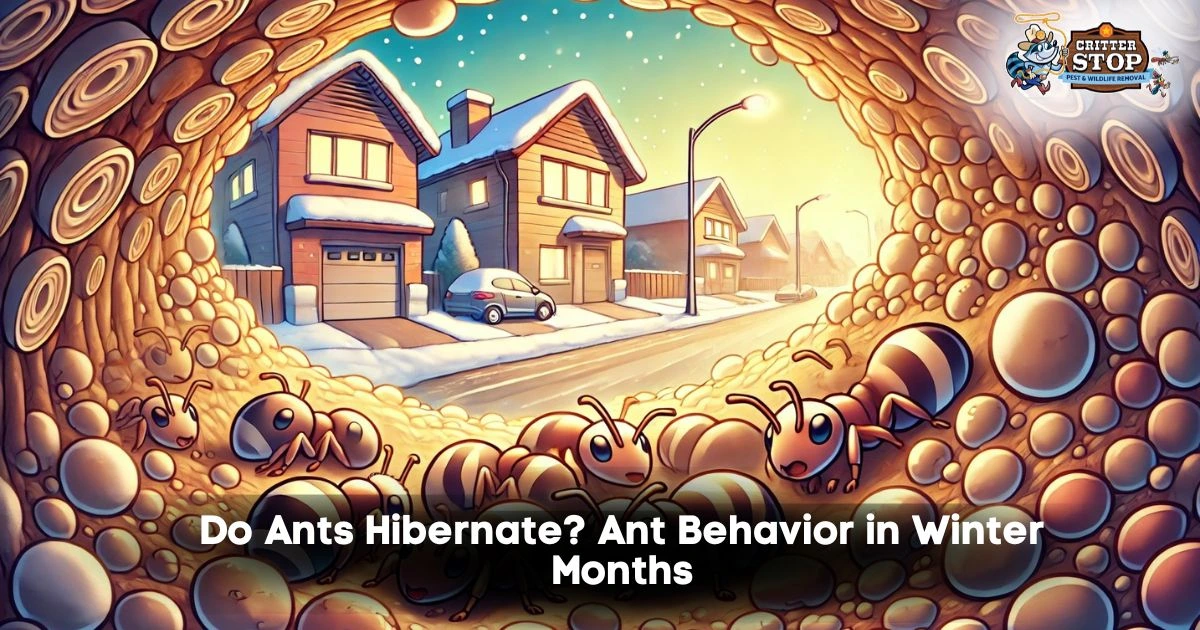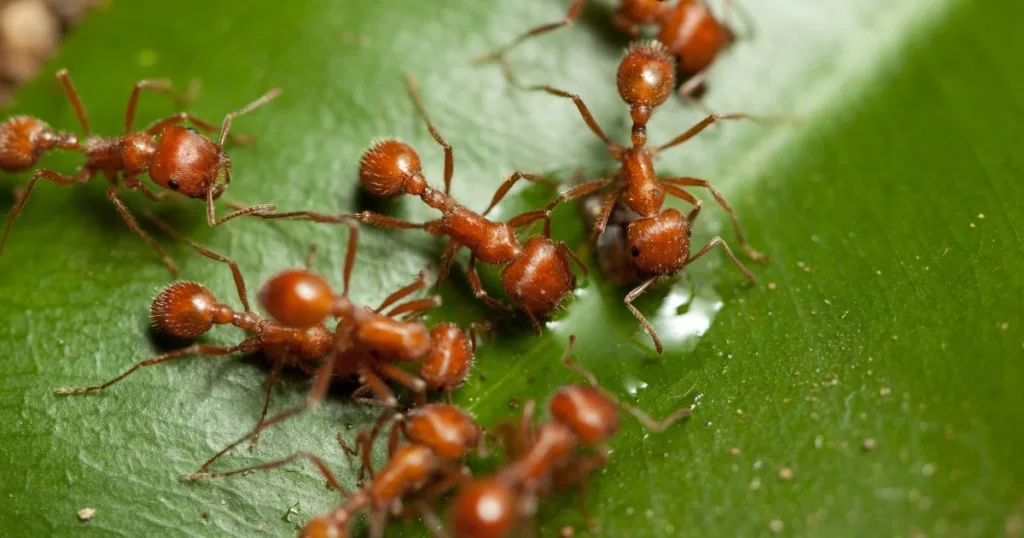
Do ants hibernate? Ants have a fascinating way of surviving harsh conditions but do not traditionally hibernate. Instead, many species enter a state known as diapause, where their metabolic activity slows significantly during colder months. This adaptation helps them conserve energy until warmer temperatures return.
As you explore the world of ants, you'll discover that their behavior varies based on the species and environmental factors. Some ants retreat deeper into their nests, while others may remain inactive near the surface, waiting for temperatures to rise. Understanding these patterns can give you a clearer picture of how these insects thrive despite seasonal changes.
You might be surprised to learn that some ant species congregate in large groups as a strategy. By clustering, they can maintain warmth and protect themselves from extreme cold. This social behavior showcases not only their survival skills but also their intricate community dynamics.

Ants do not truly hibernate; instead, they enter a state of dormancy. This adaptation helps them survive cold weather conditions.
As the temperature drops, ants retreat into their nests. Here, they cluster together to conserve heat, and their metabolism slows significantly.
Some species remain active during milder winter days. They venture outside when it is warm enough to forage for food, and this behavior varies by species and location.
Key Strategies for Cold Weather:
While ants are less visible in winter, they are not inactive. They have evolved to cope with colder climates by adjusting their behaviors and relying on their stored resources.

Ants have developed various adaptations and survival strategies to endure cold weather conditions. These adaptations ensure survival during seasons when food becomes scarce and temperatures drop.
Ants possess several physical adaptations that enhance their survival during challenging seasons. One key adaptation is the ability to enter a state of reduced metabolic activity. Unlike true hibernators, ants do not hibernate in the traditional sense but undergo a process called diapause.
During diapause, they lower their metabolic rates and conserve energy. This physiological change allows ants to survive on stored fats and carbohydrates until warmer temperatures return.
Additionally, many ant species build their nests underground or within decaying wood. These habitats provide insulation against cold temperatures and protect the ant colony from harsh environmental conditions.
Ants also display significant behavioral changes that aid their survival. When temperatures drop, many ant species retreat to their nests to minimize exposure to the cold. They cluster together for warmth, creating a communal body heat that helps maintain a more stable temperature within the nest.
Foraging behavior also changes during colder months. Ants typically reduce their foraging activities and rely on the food reserves stored in their nests. This conservation strategy allows them to survive when food resources are limited.
By utilizing both physical and behavioral adaptations, ants effectively navigate seasonal challenges and ensure the longevity of their colonies.

During winter, ants often seek warmth in your home. To address this issue effectively, consider these strategies:
If you're struggling with ants or other pests this winter, reaching out to professionals can make a significant difference. Critter Stop can assist you in effectively managing and removing pests from your property. With a stellar reputation and positive customer feedback, Critter Stop provides quality service and customer care. Call them today at (214) 234-2616 for a free inspection.
Ants exhibit unique behaviors in response to changing temperatures and environmental factors. Understanding their hibernation patterns reveals much about their survival strategies and species-specific adaptations.
Some ant species hibernate during winter, while others remain active year-round, depending on environmental conditions. Many ants go dormant in colder climates, slowing their metabolism and conserving energy. Species like fire ants may stay active if temperatures are mild enough.
Hibernation patterns vary significantly across ant species. Some species, like the common black ant, form colonies that enter a state of dormancy, while others, like the Argentine ant, may remain somewhat active. The duration and depth of hibernation often depend on regional temperatures and food availability.
Ants respond to various environmental signals, such as temperature drops and decreasing daylight hours. These cues prompt them to gather food and prepare their nests for the winter. Social behaviors, like increased activity in the colony, also indicate preparation for hibernation.
During hibernation, ants enter a state of reduced metabolic activity, often called diapause. This process helps conserve energy and allows colonies to survive harsh conditions. Colony dynamics shift as the queen and workers may reduce their activity, prioritizing survival over reproduction.
Research indicates that ant hibernation varies by species and geography, with studies focusing on their physiological adaptations. Field observations have documented different hibernation behaviors, revealing the impact of local climates. Ongoing studies aim to clarify how environmental changes affect these patterns globally.
Visit our Critter Library and learn more about our furry friends